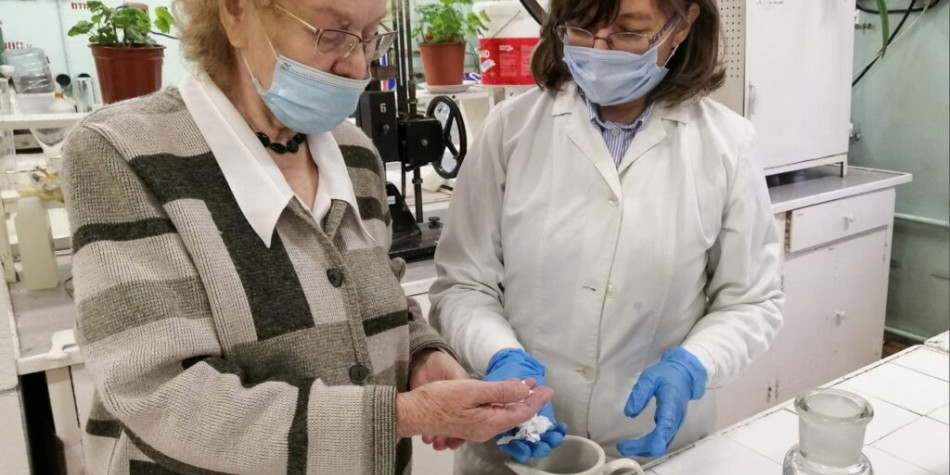
Cellulose serves as the basis for the production of not only paper, but viscose silk, lacquers, paints, gunpowder and other substances. In its manufacture, the raw materials must be cleaned of impurities and bleached.
Traditionally, chlorine or chlorine-containing reagents are used for this, but global technological development trends require the introduction of economical and environmentally safer methods of pulp processing.
Using hydrogen peroxide as a bleaching reagent in acidic and alkaline environments, Perm Polytechnic scientists have developed an original technology for the production of cellulose. It can be used both for paper production and for further chemical processing, for example, to produce viscose fabrics or gunpowder. At the same time, the problem of ensuring technological sovereignty is solved by using wood as a raw material, and not expensive imported cotton.
Perm Polytechnic scientists have developed a method in which these problems can be solved by replacing imported cotton raw materials with domestic wood, and bleaching wood pulp with hydrogen peroxide. This technology is not only more economical, but also more environmentally friendly than analogues. The research was carried out as part of the implementation of the academic strategic leadership program "Priority 2030".
The article was published in the journal "Chemistry of Plant Raw Materials" (No. 3, 2022).
One of the key stages of pulp production is its bleaching. At this stage, the raw materials are processed with chemicals that change the whiteness of the pulp so that it can be used to make high-quality paper and cardboard.
Unbleached cellulose from wood for research was obtained by scientists in the laboratory using a method developed earlier at the Department of Pulp and Paper Production Technologies of PNRPU.
Then the resulting fibrous raw materials were successively treated with hydrogen peroxide in an alkaline and acidic medium with the addition of a catalyst.
— In modern cellulose bleaching schemes, hydrogen peroxide is often used as a bleaching reagent. It is also known that it can be used in both alkaline and acidic environments. Therefore, we assumed that it is possible to carry out the entire pulp bleaching cycle using only one oxidizing reagent. Unlike other bleaching methods, in this case the process is somewhat simplified due to the fact that bleaching is carried out at atmospheric pressure, —
Doctor of Technical Sciences, Professor, Professor of the Aerospace Faculty Firdaves Khakimova tells.
The claimed short four-stage bleaching scheme of wood pulp was enough to obtain cellulose suitable in the future for the manufacture of explosives, enamels, lacquers, etc. However, it did not allow to obtain a level of whiteness sufficient for the production of viscose. Therefore, another stage of cellulose processing was added to the process with alternating alkaline and acidic steps, which gave the desired results.
Thus, the scientists managed to obtain wood pulp for various purposes using only one oxidizing bleaching reagent – hydrogen peroxide. The resulting product meets the requirements for powder pulp and GOST 59823 standards for grade I viscose pulp. The application of the developed technology in industrial conditions will solve the problem of import substitution in pulp production, since instead of
the raw material of imported cotton is wood.
For reference:
Perm Polytechnic University became the owner of the Priority 2030 grant in 2021. Its size was 100 million rubles. Priority 2030 is the largest program of state support and development of higher educational institutions in the history of Russia. Its goal is to form more than 100 progressive modern universities in Russia by 2030, which will become centers of scientific, technological and socio-economic development of the country. In total, the commission of the Ministry of Education and Science of the Russian Federation included in the "Priority 2030" program
106 universities from 49 cities of the country, of which 60% are regional universities.


